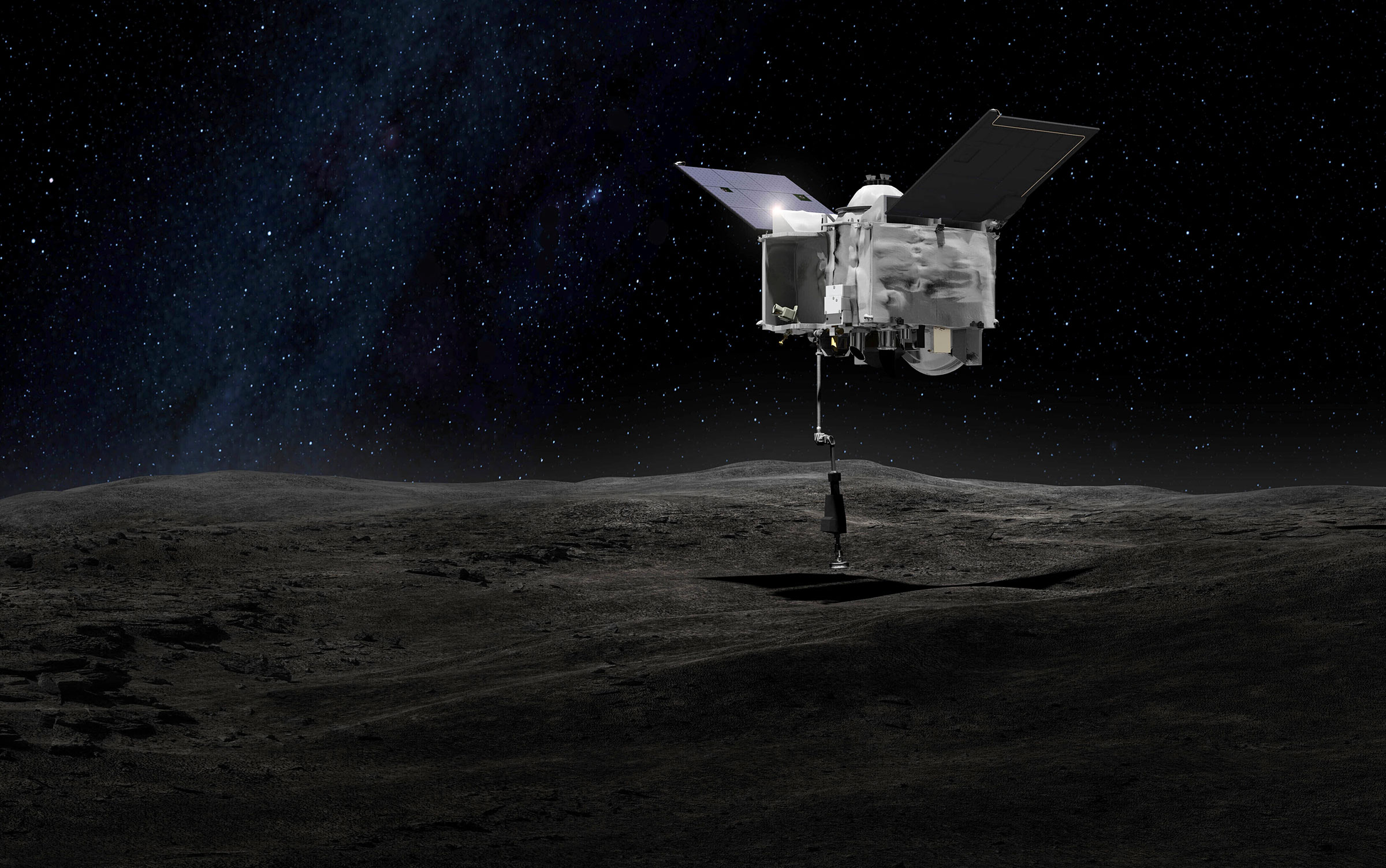These are independent reviews of the products mentioned, but TIME receives a commission when purchases are made through affiliate links at no additional cost to the purchaser.
In 2016, NASA’s OSIRIS-REx spacecraft traveled to an asteroid called Bennu, collected 250 grams of rocks and dust, and then traveled 1.2 billion miles to return the samples to Earth. In September, it finally dropped its cache, via parachute, into the Utah desert. The recovered samples might give scientists clues as to how planets formed, and even provide evidence of water or signs of extraterrestrial life. Scientists are just beginning to analyze the trove, which is greater than they expected. “The very best ‘problem’ to have is that there is so much material,” says Christopher Snead, the project’s curation lead.
More Must-Reads from TIME
- Donald Trump Is TIME's 2024 Person of the Year
- Why We Chose Trump as Person of the Year
- Is Intermittent Fasting Good or Bad for You?
- The 100 Must-Read Books of 2024
- The 20 Best Christmas TV Episodes
- Column: If Optimism Feels Ridiculous Now, Try Hope
- The Future of Climate Action Is Trade Policy
- Merle Bombardieri Is Helping People Make the Baby Decision
